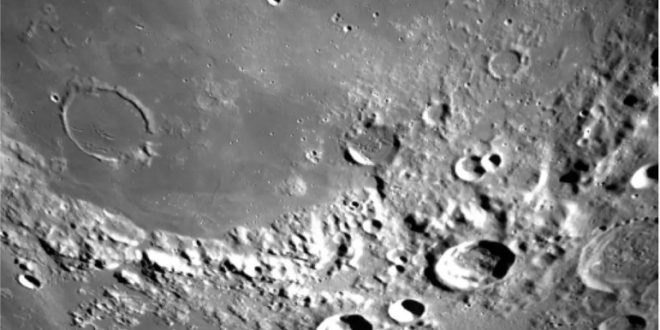With its Pragyan rover analyzing the Moon’s surface composition near the south pole, India’s Chandrayan-3 lunar mission is a scientific and technical success. Because the area being studied is near future bases, the data returned is more valuable than from previous crewed and robotic missions. However, the mission has not found water ice, the greatest prize.
The Laser-Induced Breakdown Spectroscopy (LIBS) instrument on Chandrayan-3 detected sulfur, according to ISRO. This is “Something that was not feasible by the instruments onboard the orbiters.”
LIBS uses intense laser pulses to turn materials into plasma, whose electromagnetic spectrum can be used to identify their composition. All this with under 1.2 watts. The technique only shows elements, not their chemical combinations.
Besides sulfur, early results include aluminum, calcium, iron, chromium, titanium, manganese, silicon, and oxygen. The samples tested have not contained hydrogen, a water requirement, but the statement says, “Thorough investigation regarding the presence of Hydrogen is underway.”
The Vikram lander measured lunar high-latitude temperatures for the first time.
Even as space launch costs fall, transporting massive amounts of material to the Moon will be costly. Thus, sourcing most of our needs on-site is the only way to establish a long-term presence there economically.
After decades of neglect, the latest Moon race was sparked by evidence that water freezes at the bottom of craters near the lunar poles. It drove India to its first Moon landing at 69 degrees South and Russia to its disastrous attempt.
If it finds such ice, Chandrayan-3’s main accomplishment will be confirming its presence, but every other element means one less thing we need to bring, at least if it’s easy to extract. Based on research that suggests sulfur could be used to make concrete instead of Portland Cement, whose ingredients may be scarcer.
The failure of Pragyan to find hydrogen in its studied material will not end hopes of finding lunar ice. The deeper the rover goes into the shadow of crater walls, the more likely it is to find ice that survived the hot lunar days. The rover hasn’t reached the best search spots yet.
The path to these prime locations is difficult, especially for a small rover. The six-wheeled vehicle has managed well with Earth’s help.
“On August 27, 2023, the Rover came across a 4-meter diameter crater 3 meters ahead of its location,” ISRO wrote on X, formerly Twitter. Retracing the path was ordered to the Rover. Safely heading in a new direction.”
Chandrayaan-3 Mission:
On August 27, 2023, the Rover came across a 4-meter diameter crater positioned 3 meters ahead of its location.
The Rover was commanded to retrace the path.It's now safely heading on a new path.#Chandrayaan_3#Ch3 pic.twitter.com/QfOmqDYvSF
— ISRO (@isro) August 28, 2023
 Tech Gadget Central Latest Tech News and Reviews
Tech Gadget Central Latest Tech News and Reviews




